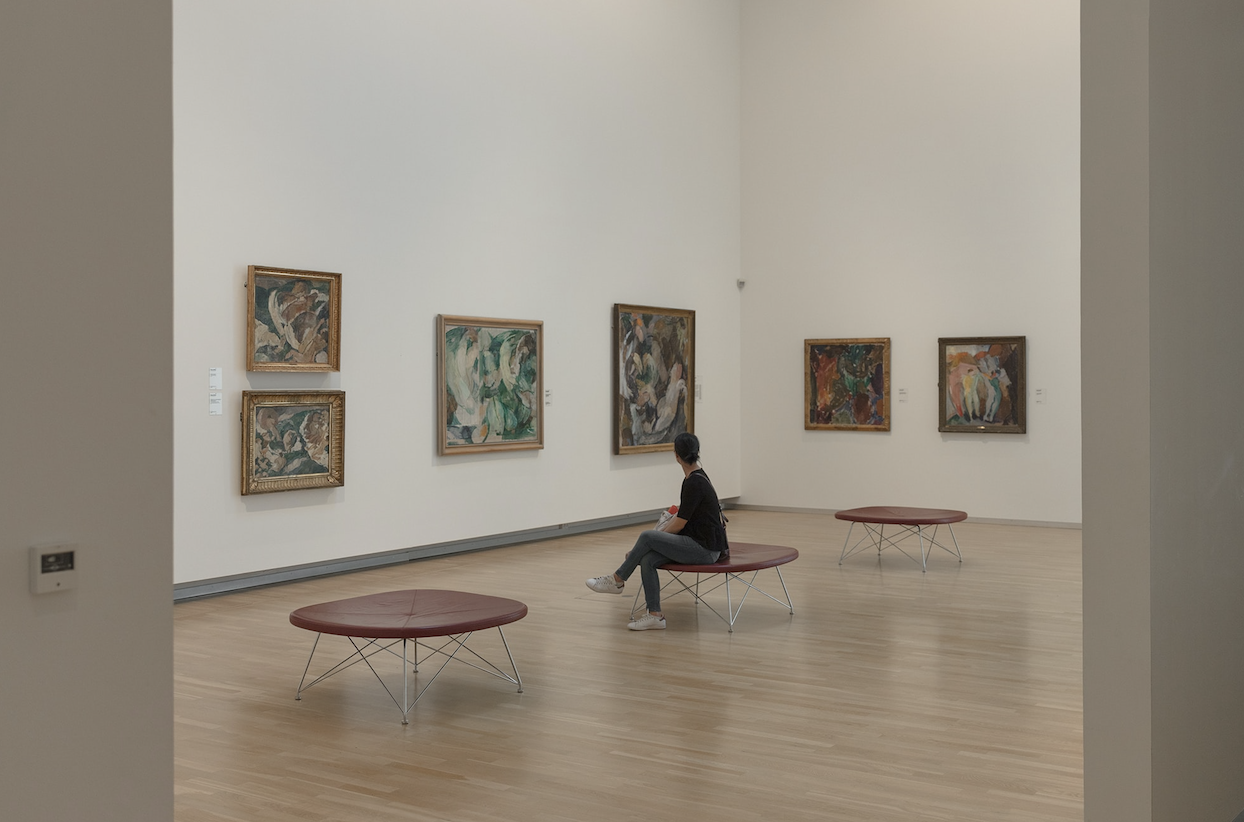
One notable development in the art world is the introduction of new policies by Christie's Auctioneer, one of the leading auction houses. In 2022, Christie's announced a comprehensive policy aimed at addressing looted art and facilitating restitution. The policy includes several key elements that set a new standard for the industry.
Conducting Provenance Research: Auction Houses' Responsibility
Firstly, Christie's commits to conducting thorough provenance research on all works consigned for sale. This includes examining the ownership history of the artworks and assessing their potential ties to looting or theft. The auction house employs a team of specialists dedicated to provenance research, utilizing archival records, historical documents, and other available resources to trace the journey of the artworks.
Working with Authorities: Investigating Ownership Histories
Furthermore, Christie's policy explicitly states that if a work is identified as having been looted, stolen, or unlawfully displaced, the auction house will work diligently with the rightful owners or their representatives to facilitate its restitution. This commitment signifies a proactive approach in addressing the past injustices associated with looted art.
Erring on the Side of Caution: Delaying or Cancelling Sales of Works with Questionable Provenance
In addition to Christie's policy, the recent UBS report on looted art provides valuable insights into the extent of the issue and the role auction houses can play in combating it. The report, titled "Collecting Art: Protecting Legitimate Ownership," examines the challenges surrounding looted art and emphasizes the importance of due diligence and transparency in the art market.
The UBS report highlights that auction houses should enhance their due diligence efforts to ensure that the works they sell have a clean ownership history. It emphasizes the significance of thorough provenance research and urges auction houses to establish clear guidelines and protocols for handling works with questionable or incomplete ownership records.
Raising Awareness and Promoting Transparency
The report also emphasizes the role of technology and digitization in improving provenance research. Auction houses can leverage digital platforms and databases to access a wealth of information and collaborate with other institutions to fill gaps in provenance records. This approach not only streamlines the process but also increases transparency and reduces the risk of selling looted art.
Moreover, the UBS report suggests that auction houses should collaborate with governments, museums, and cultural institutions to establish a unified approach to combatting looted art. This includes sharing information, supporting legislation that prevents the sale of looted art, and actively participating in efforts to repatriate stolen cultural heritage.
In conclusion, recent developments in the art world, such as the policies introduced by Christie's Auctioneer and the UBS report on looted art, shed light on the measures auction houses can take to address the issue of looted art. Auction houses play a crucial role in conducting thorough due diligence, promoting transparency, and facilitating restitution when necessary. By adopting comprehensive policies, collaborating with relevant stakeholders, and leveraging technology, auction houses can make significant progress in preventing the sale of looted art and preserving our cultural heritage for future generations.




